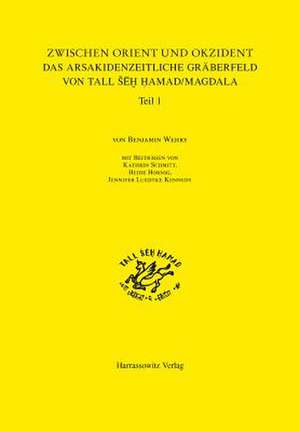Zwischen Orient Und Okzident Das Arsakidenzeitliche Graberfeld Von Tall Seh Hamad/Magdala: Berichte Der Ausgrabung Tall Seh Hamad / Dur-Katlimmu, cartea 13.2
de Limba Germană Hardback
Preț: 949.90 lei
Preț vechi: 1301.23 lei
-27% Nou
Puncte Express: 1425
Preț estimativ în valută:
181.91€ • 185.63$ • 153.05£
181.91€ • 185.63$ • 153.05£
Indisponibil temporar
Doresc să fiu notificat când acest titlu va fi disponibil:
Se trimite...
Preluare comenzi: 021 569.72.76
Specificații
ISBN-13: 9783447100236
ISBN-10: 3447100230
Pagini: 657
Editura: Harrassowitz
Seria Berichte Der Ausgrabung Tall Seh Hamad / Dur-Katlimmu
ISBN-10: 3447100230
Pagini: 657
Editura: Harrassowitz
Seria Berichte Der Ausgrabung Tall Seh Hamad / Dur-Katlimmu







